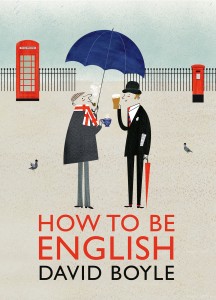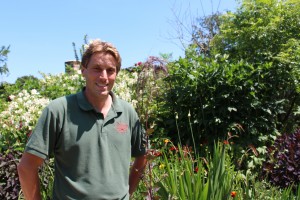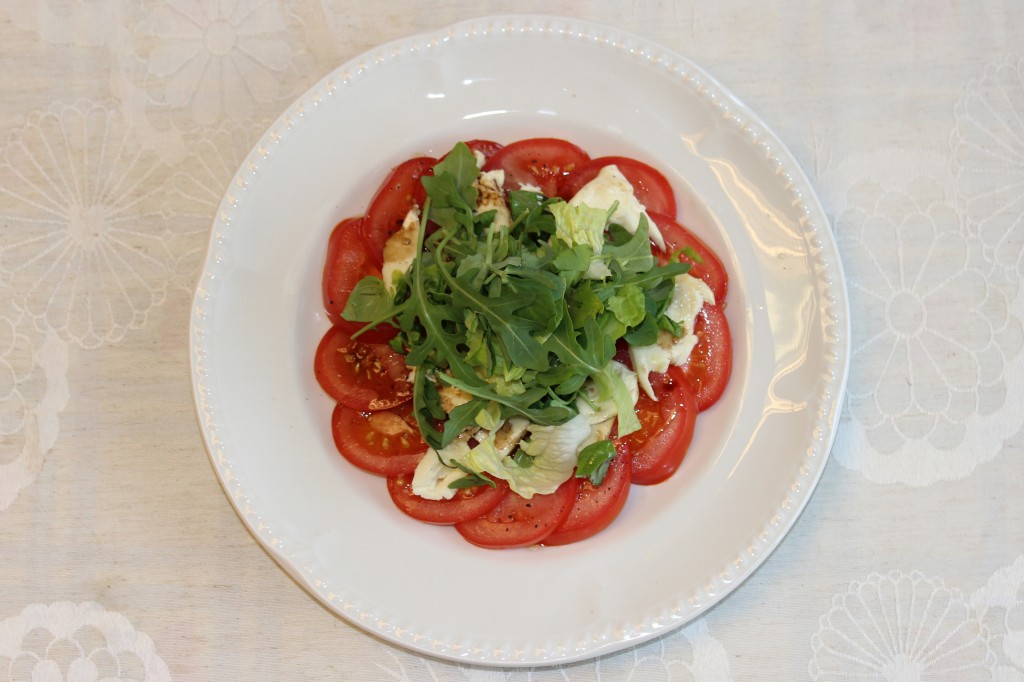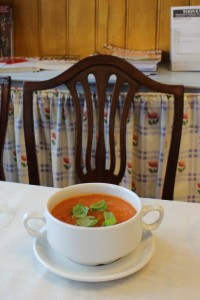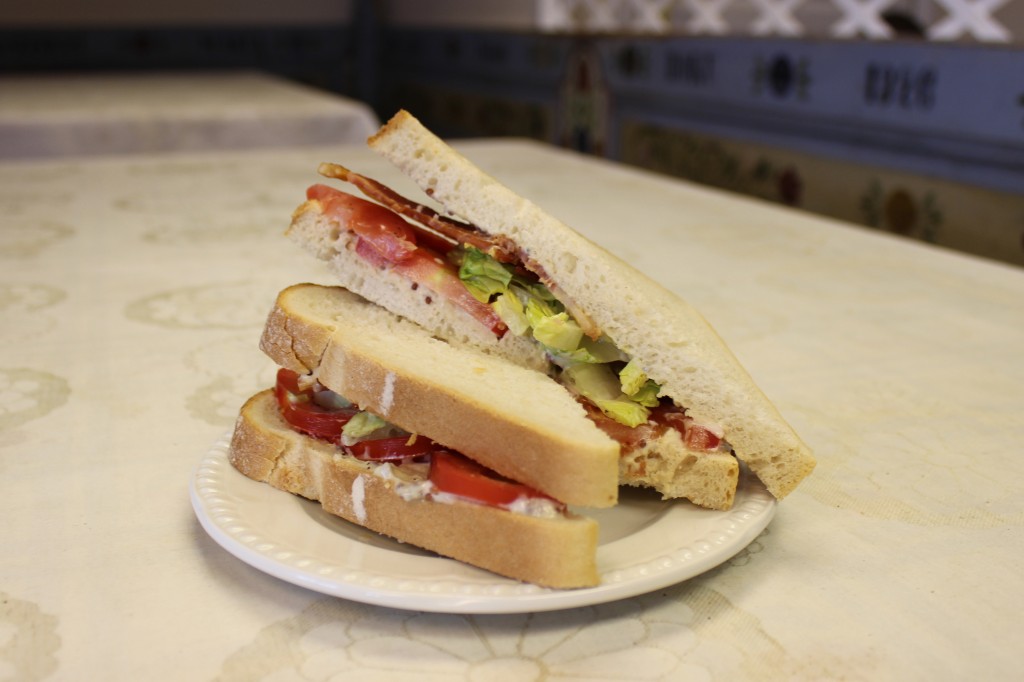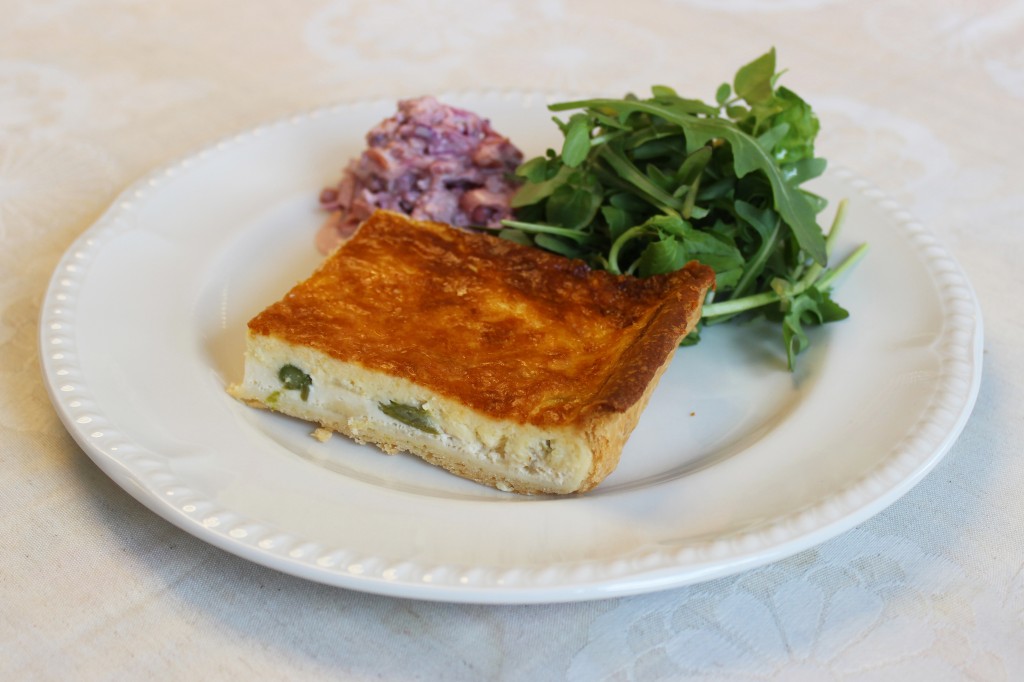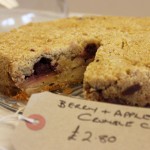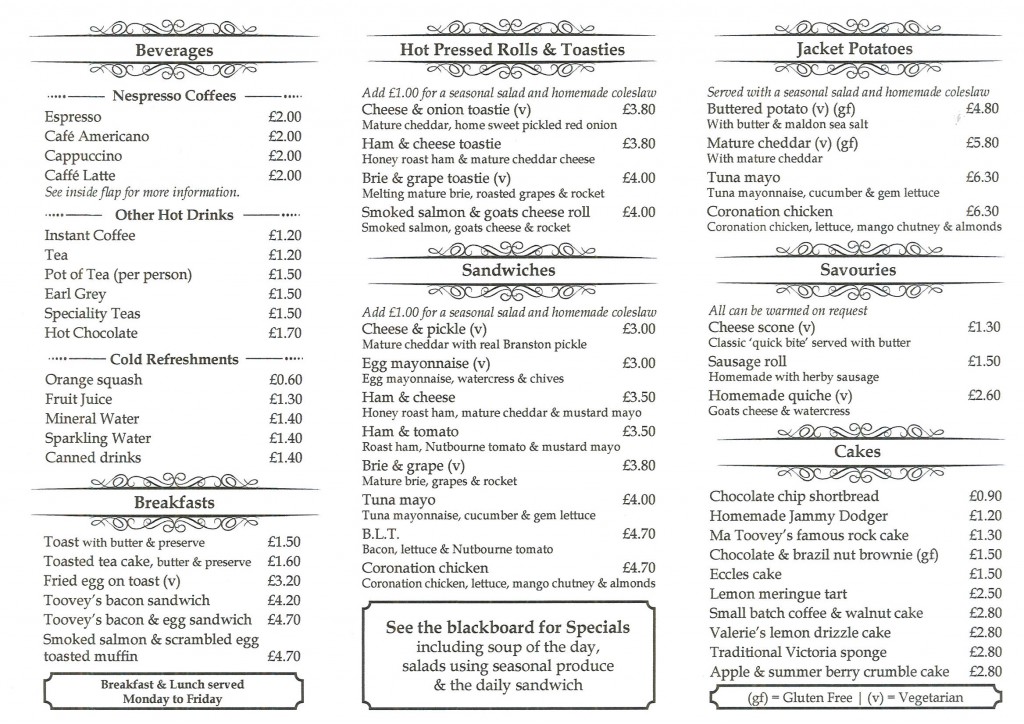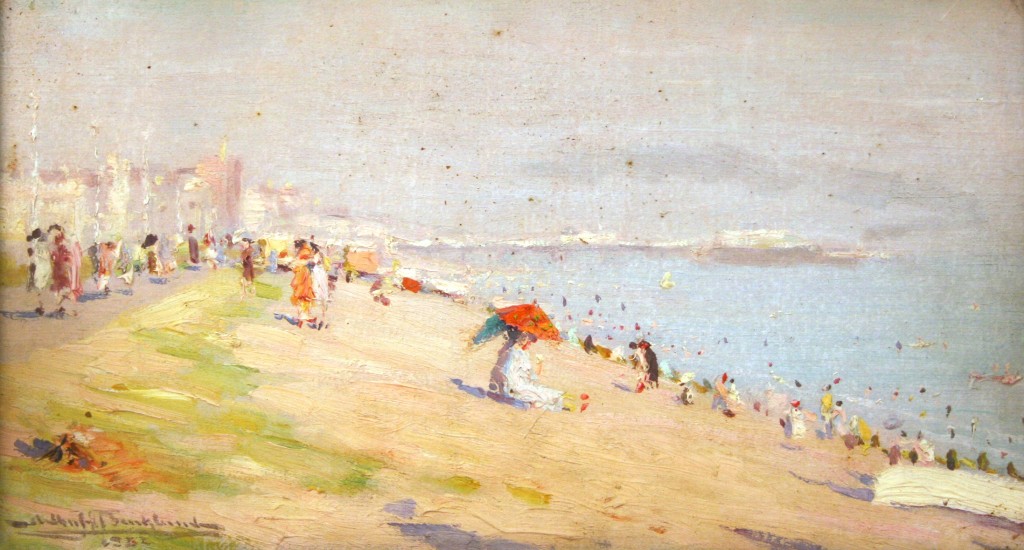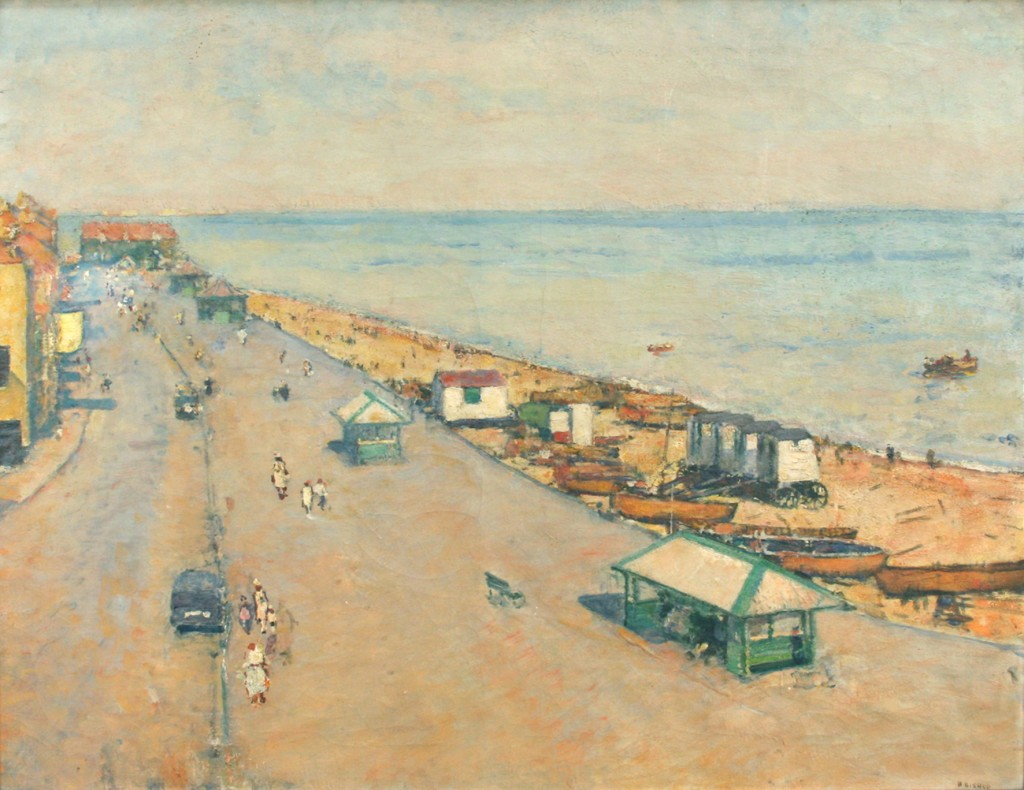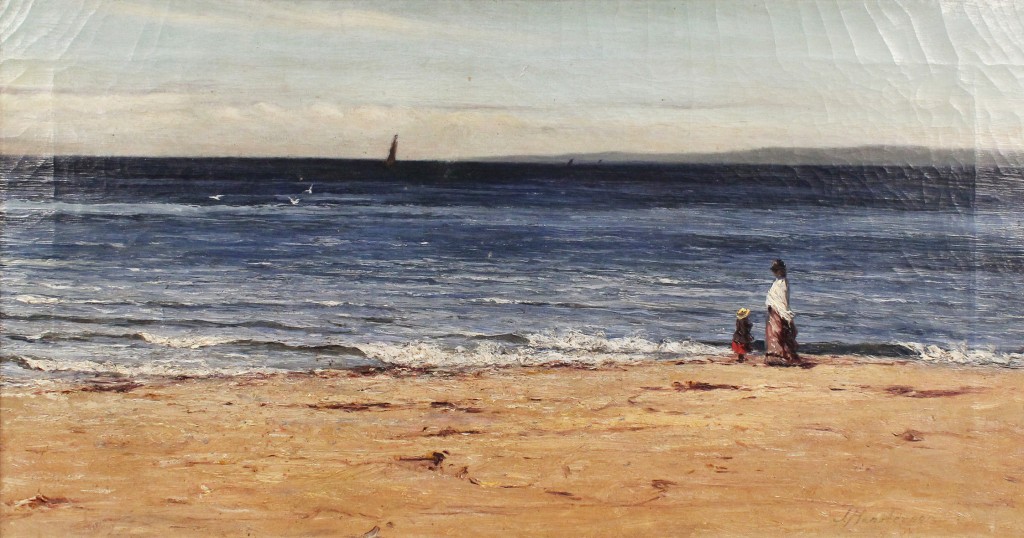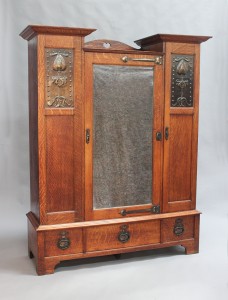
The Arts and Crafts Movement was named after the Arts and Crafts Exhibition, founded in England in 1882. However, the origins of the movement date to the mid-1850s and are commonly attributed to William Morris and his friends, the architect, Philip Webb, and the writer, John Ruskin.
The movement was deeply informed by the romantic socialism of John Ruskin and William Morris. John Ruskin’s writings inspired the principles of the movement. He observed and gave voice to the dehumanising qualities of industrialised work, and the effects it had on workers and society. As an alternative he advocated a return to an age of ‘free’ craftsmen. The movement stood for traditional craftsmanship and simple forms, often embellished with interpretations of romantic, naturalistic and medieval decoration, including the Gothic.

The influential Arts and Crafts designer and writer, C.R. Ashbee, wrote that ‘the proper place for the Arts and Crafts is in the country’. There were significant Arts & Crafts communities across the country. In Sussex the Guild of St Joseph and St Dominic, based at Ditchling gave expression to this. In the early 20th century it represented an experiment of artists living and working together in community under the leadership of its founders: Eric Gill, Hilary Pepler and Desmond Chute.
William Morris named one of his most famous designs the Sussex chair, whilst Phillip Webb designed Standen, near East Grinstead, one of this country’s outstanding Art and Crafts homes. The architect Edwin Lutyens was also active in Sussex at Little Thakeham, Great Dixter in the gardens and elsewhere.
Music and drama played a significant part in the movement. For example the composer, Ralph Vaughan Williams, gathered many of his most famous tunes from the fields around Horsham whilst John Ireland lived and worked at Shipley. They both shared the Arts and Crafts’ love of the countryside and folk traditions.
The Little Thakeham House Sale in 2000 established Toovey’s reputation amongst specialist collectors’ in the field of Arts and Crafts. The exceptional contents of Little Thakeham were in keeping with the stylistic quality of this important Edwin Lutyens house.
Building on this reputation Toovey’s will be holding a specialist auction of Arts and Crafts Furniture and Works of Art on Tuesday 8th September 2015. Entries for the sale are still being invited.
Among the leading exponents of the Arts and Crafts taste was Liberty & Co. The designer, Archibald Knox, joined Liberty & Co in 1899. Knox was the creative force behind Liberty’s Celtic Cymric and Tudric designs which were made in silver and pewter. The Arts and Crafts’ qualities of traditional craftsmanship and simple form are given expression in the Liberty & Co Tudric pewter clock, illustrated here, with its band of stylized leaves and enamelled cabochon numerals. Its domestic scale is also particularly pleasing being just twenty centimetres high. It carries a presale estimate of £1000-£1500.
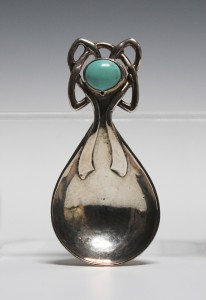
Also entered for the auction is this jewel like caddy spoon dating from 1907. Estimated at £700-£1000, it is born out of the partnership of two exceptional designers and silversmiths, Omar Ramsden and Alwyn Charles Ellison Carr. Together they built a team of gifted craftsmen. The Celtic terminal and turquoise cabochon show the influence of the Arts and Crafts Movement.
Phillip Webb advocated a ‘truth to the materials’ and the oak wardrobe by Shapland & Petter with its restrained, stylized foliate copper panels has a clarity of line and proportion which speaks to this aspiration. It is expected to sell for between £1500 and £2000.
The deadline for entries for Toovey’s specialist auction of Arts and Crafts Furniture and Works of Art, to be held on Tuesday 8th September 2015, is fast approaching. If you are considering the sale of Arts and Crafts furniture and objects Toovey’s specialist, William Rowsell, will be delighted to offer free presale valuations and advice. Telephone Toovey’s on 01903 891955 to arrange an appointment.
By Revd. Rupert Toovey. Originally published on 22nd July 2015 in the West Sussex Gazette.

